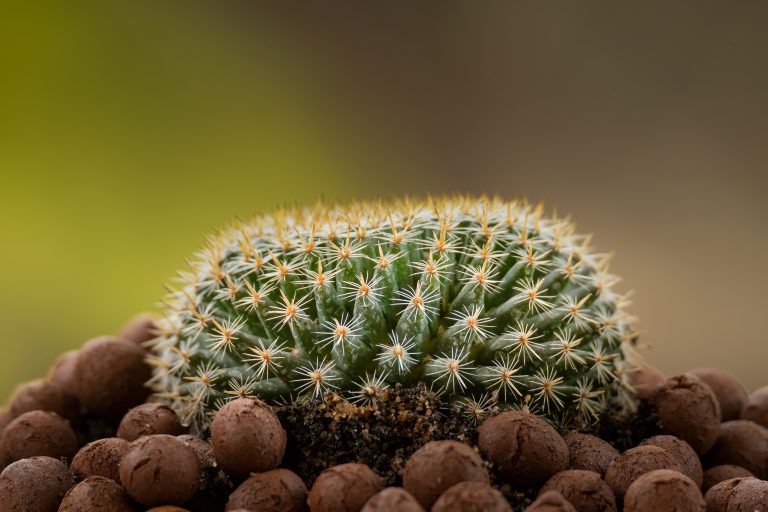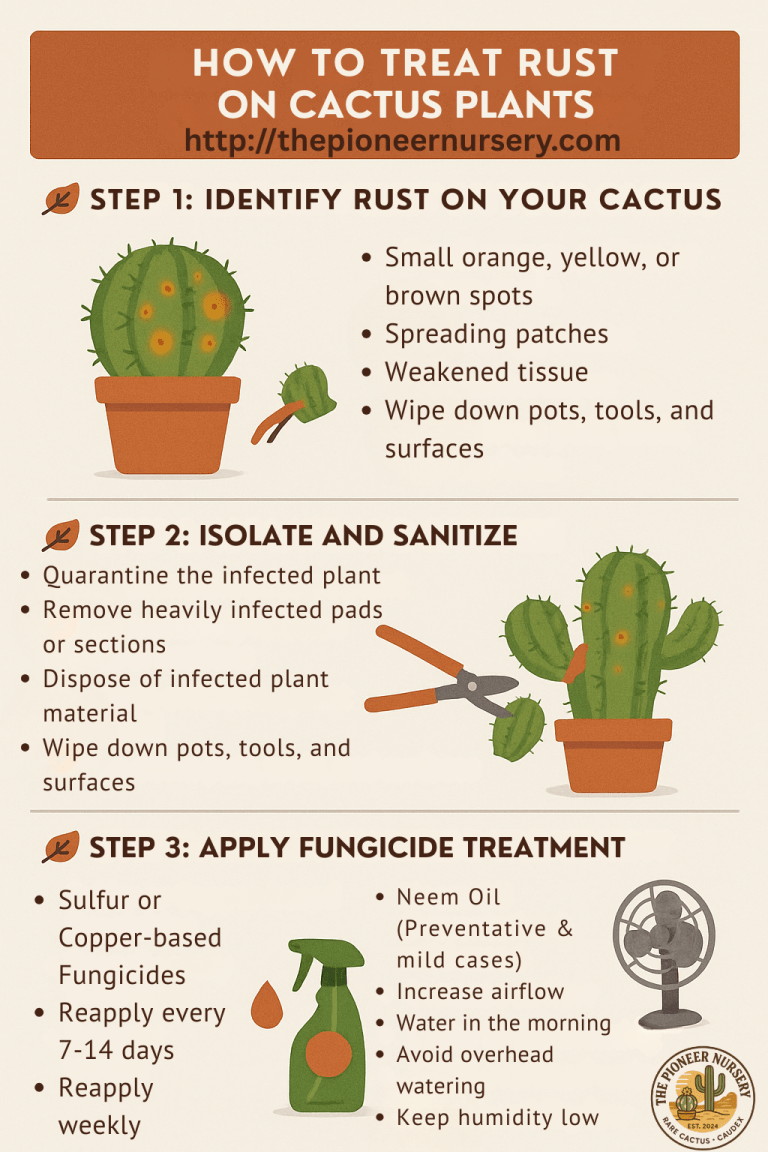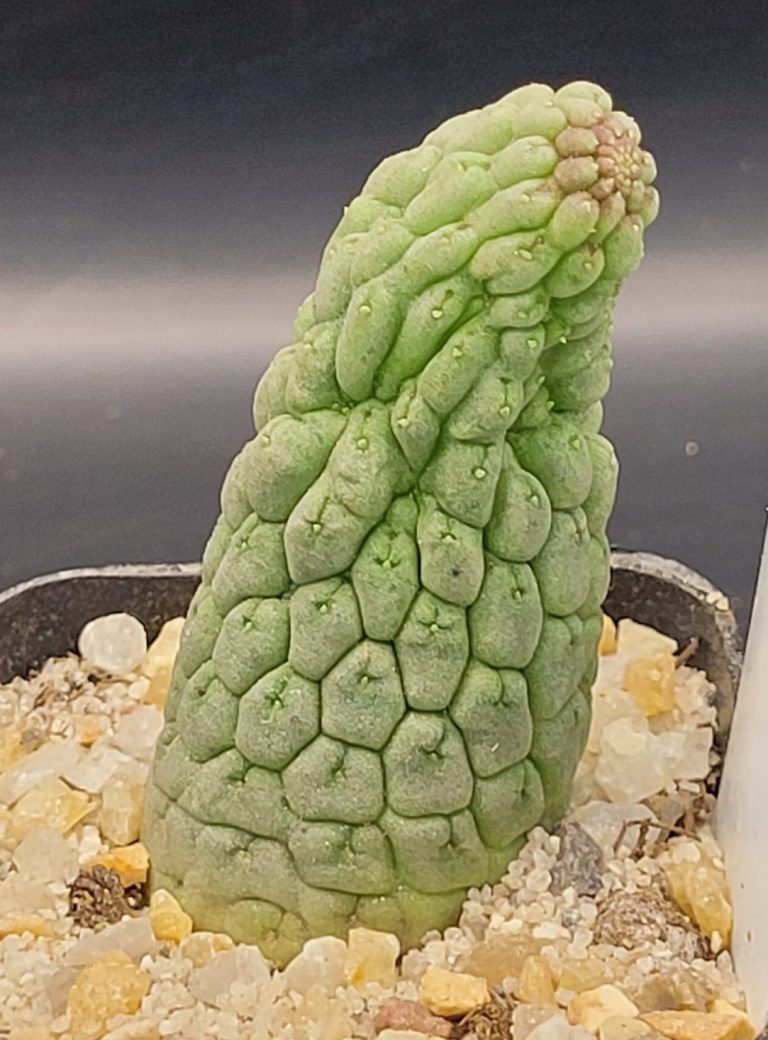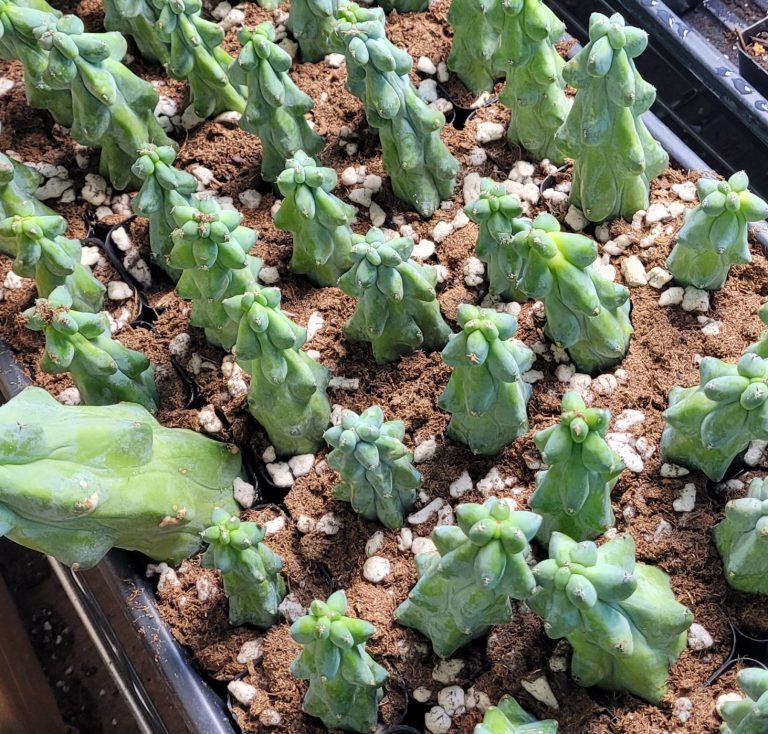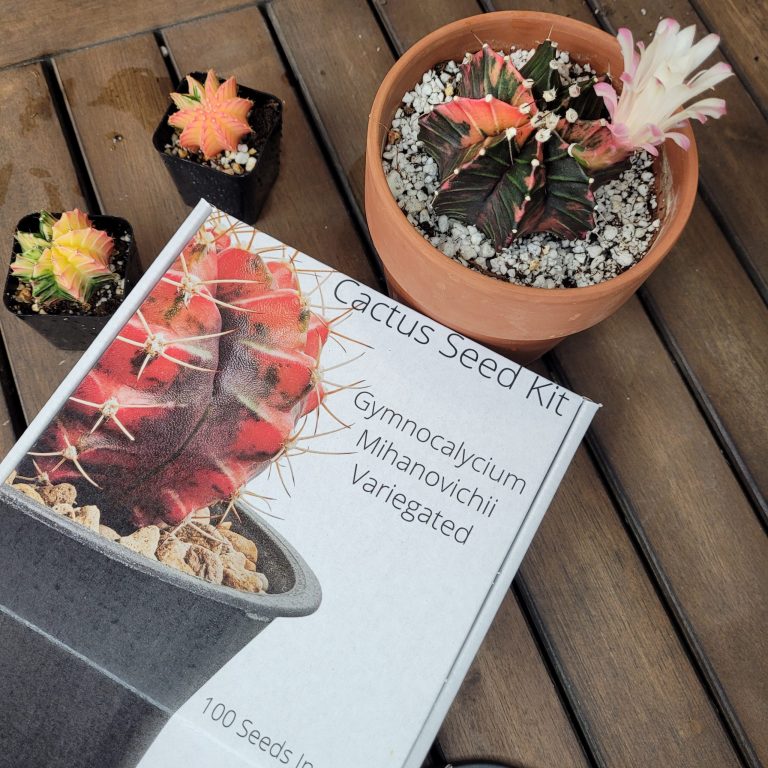Scale insects are a common cactus pest, appearing as small, hard, oval or round bumps attached to the surface of your plant. Unlike mealybugs, scale insects form a protective shell, making them harder to eliminate. Left untreated, they can weaken your cactus by sucking out sap and leaving it vulnerable to disease.
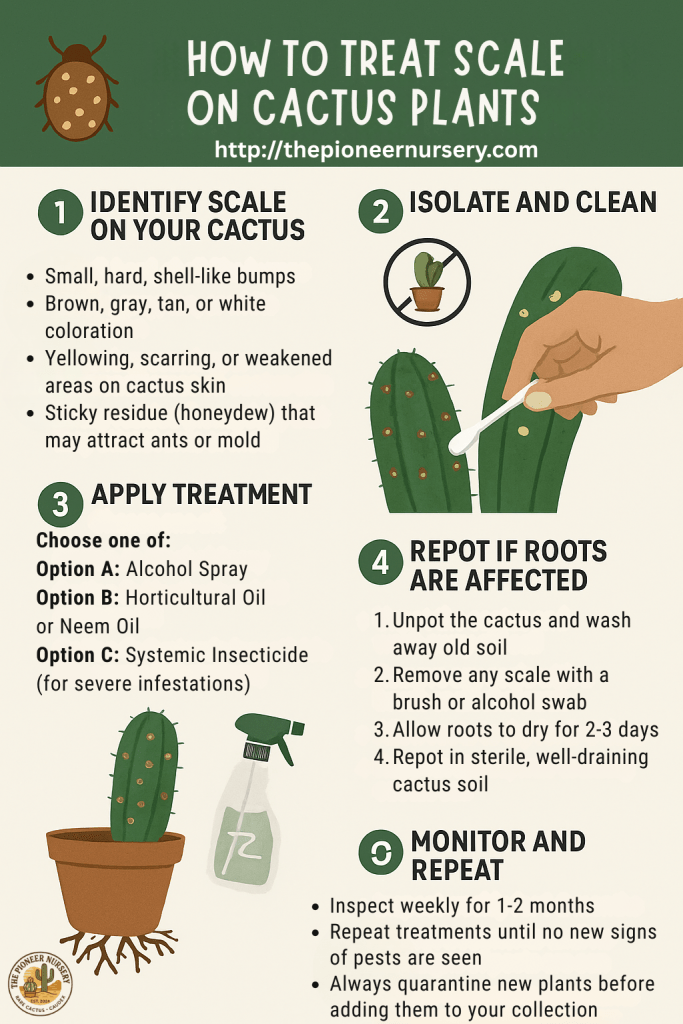
🔍 Step 1: Identify Scale on Your Cactus
Look for these signs:
- Small, hard, shell-like bumps that don’t brush off easily
- Brown, gray, tan, or white coloration (depending on species)
- Yellowing, scarring, or weakened areas on the cactus skin
- Sticky residue (honeydew) that may attract ants or mold
Tip: Try gently scraping a spot with your fingernail—if it feels hard and pops off, it’s likely scale.
🧼 Step 2: Isolate and Clean
- Quarantine the affected plant away from others.
- Manually remove scale using a soft brush, toothpick, or your fingernail.
- Wipe the plant with a cotton swab dipped in 70% isopropyl alcohol to dissolve the insects’ shells and kill them.
🧪 Step 3: Apply Treatment
Option A: Alcohol Spray
- Mix 70% isopropyl alcohol with water (1:1 ratio).
- Spray affected areas thoroughly.
- Repeat every 5–7 days until no new scale appears.
Option B: Horticultural Oil or Neem Oil
- Lightly coat the cactus with neem oil or horticultural oil spray.
- The oil suffocates scale insects by blocking their breathing pores.
- Reapply every 1–2 weeks as needed.
Option C: Systemic Insecticide (for severe infestations)
- Apply a soil drench with a systemic insecticide containing Imidacloprid or Dinotefuran.
- This ensures the cactus absorbs the chemical, killing insects as they feed.
- Use only when necessary, following label instructions carefully.
🌱 Step 4: Repot if Roots Are Affected
Scale can also infest roots. If discovered:
- Unpot the cactus and wash away old soil.
- Remove any scale with a brush or alcohol swab.
- Allow roots to dry for 2–3 days.
- Repot in sterile, well-draining cactus soil.
🔁 Step 5: Monitor and Repeat
- Inspect weekly for 1–2 months.
- Repeat treatments until you see no new signs of pests.
- Always quarantine new plants before adding them to your collection.
🧯 Prevention Tips
- Avoid over-fertilizing — scale thrives on lush, soft growth.
- Keep plants in well-ventilated, dry environments.
- Wipe down cactus surfaces occasionally with a damp cloth or alcohol spray.
- Sterilize pots, tools, and soil before reuse.


